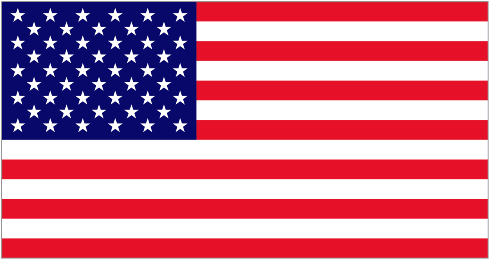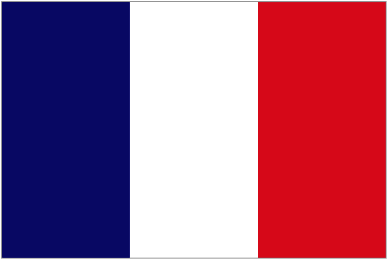We have been taking a look at the B Minor chord in particular throughout this course as well as the Vals Tonada. You will be able to apply what you have learned relating to B Minor to the Vals tonada by following the chord progression and the rhythm itself. By following the theory, you will also be able to make use of the following progression which gives an amazing feel to the music and a sensational feeling once you have mastered it.
Here we are referring to what is known as the Vuelta Larga or directly translated, the long turn. This in itself is a progression of chords relating to a major chord and gives an idea as to what chords can be played with one another and sound good. Here we will take you through the progression and the chords relating to the long turn of D Major.
IV – IVm – I – VI7 – IIm – V7 – I – I7
If we were to apply this to the diagram below, then we will notice that the number 1 in the progression starts with the note in which the key of the song or progression is in. In this case, the number 1 is the D Major. If we were to continue to the number IV or 4, then we would arrive at G Major. The IVm is referring to the 4th in a minor (this is indicated by the small ‘m’ next to the roman numeral). We move one further to the 4th chord to be played in the progression, we will notice there is a 7 behind the roman numeral VI or 6. This indicates that we will make use of the 6th note from D being B and the 7th chord of this being B7.
As you can see, there is a distinct pattern that is useful to know and later on to apply to any key. Take a look at the video explanation below where the long turn is also explained by professor Toro (ensure that the English subtitles are turned ON).
The Long Turn of D Major
If we compare the chords played below and make reference to the long turn illustration above, you will be able to match up the chords with the sequence the notes find themselves in. For example, we will start off with number IV (4) and if we were to count the order, we would find that G is the 4th note from D. This is the logic that can be followed and is applicable to play this progression in all keys.
Chords Vuelta Larga
It is highly important to follow the progression, in order to apply this to other keys. This can work for both Majors and Minors alike. Try to apply this to other keys and start to expand your knowledge of your instrument. Notice that by playing this and applying your favorite rhythm you get a great feeling of playing a nice melody and. Progression and the sense of progression is highly important, make sure you practice this as you will be able to add some slight variations as well as play this in different positions along the Cuatro.
This vuelta larga is a great progression that can be played anywhere and using a good rhythm of the vals tonada you can have some great fun. Play the vuelta large of D major using the rhythm of vals tonada and share your video on Youtube with us, we would love to see you playing!




